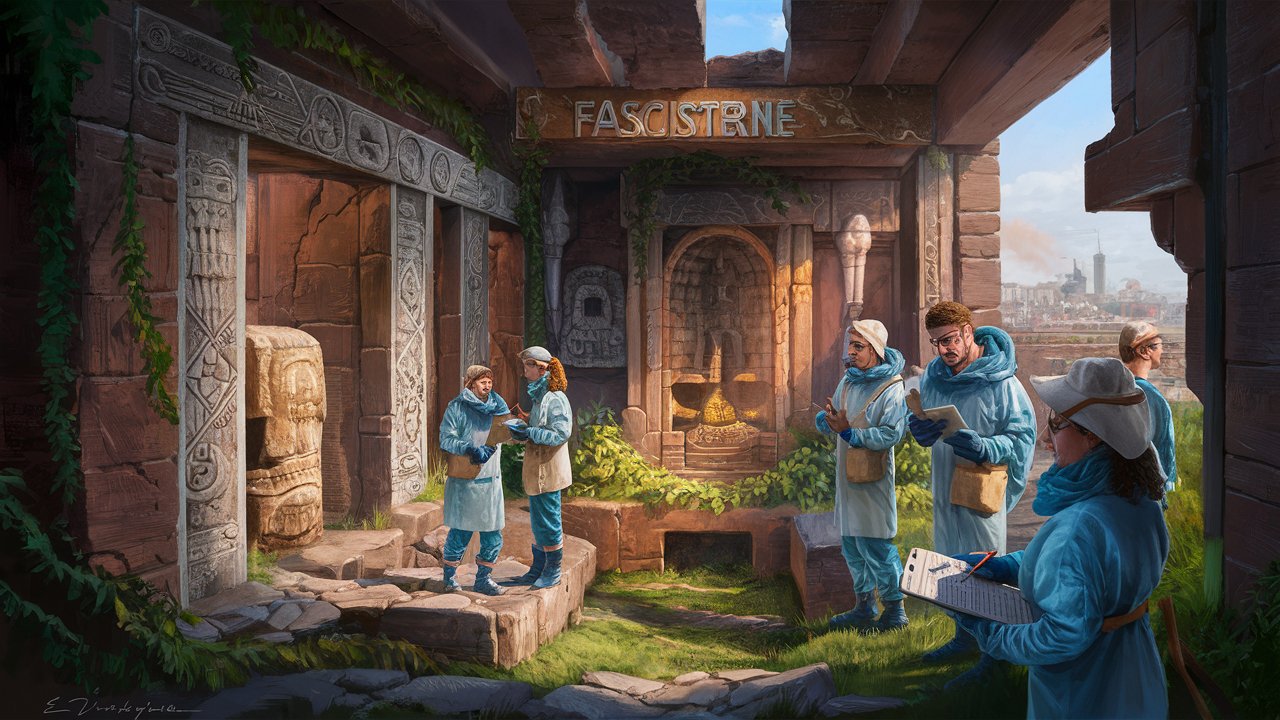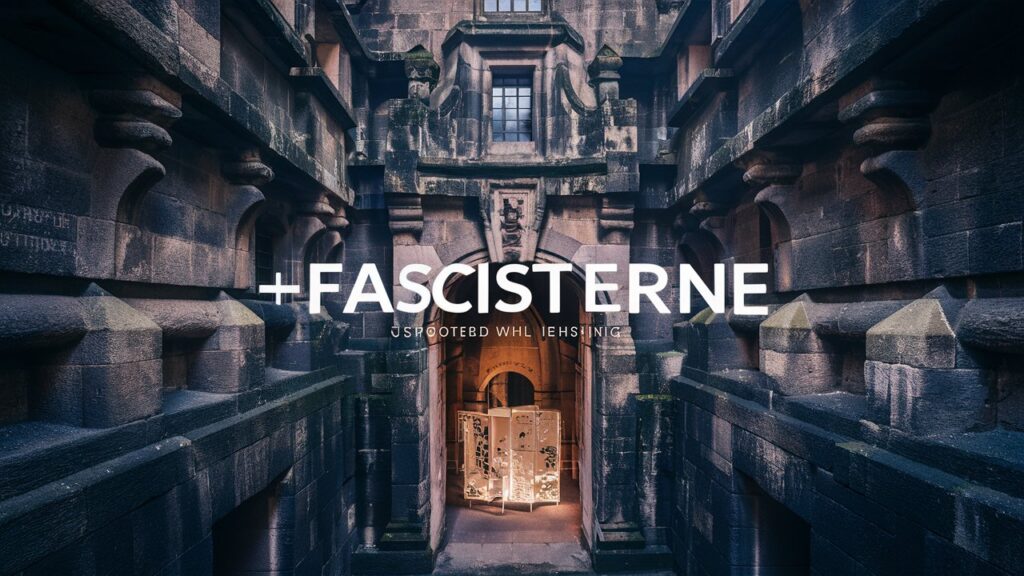Fascisterne, a term rooted in historical and political discourse, refers to adherents or elements of fascist ideology. While fascism as a political movement peaked in the early 20th century, its remnants and reinterpretations continue to influence contemporary debates. This article delves into the origins of fascisterne, their ideological foundations, and how the term is used today. By understanding this concept, readers can better navigate discussions around extremism, authoritarianism, and historical political movements.
What Are Fascisterne? Defining the Term and Its Origins
The word “fascisterne“ derives from “fascism,” an authoritarian ultranationalist ideology that emerged in early 20th-century Europe, notably under Benito Mussolini in Italy. Fascisterne refers to individuals, groups, or ideologies that align with fascist principles—such as dictatorial power, suppression of opposition, and strong regimentation of society. Historically, fascisterne were characterized by their militant nationalism, anti-communism, and disdain for liberal democracy.
Understanding fascisterne requires examining their historical context. The rise of fascist regimes in Italy, Germany, and Spain was fueled by post-World War I instability, economic crises, and nationalist fervor. These regimes promoted aggressive expansionism, state-controlled economies, and strict censorship. Today, the term is sometimes used to describe far-right movements that echo these ideologies, though its application varies depending on political discourse.
The Ideological Foundations of Fascisterne: Key Beliefs and Practices
Fascisterne adhere to core tenets that distinguish them from other political movements. Central to their ideology is the belief in a hierarchical society led by a powerful dictator, where individual freedoms are subordinate to state interests. They often promote ultranationalism, emphasizing racial or cultural purity, which historically led to policies of exclusion and persecution.
Another defining feature of fascisterne is their rejection of pluralism. Unlike democratic systems that embrace diverse viewpoints, fascist regimes suppress dissent through propaganda, censorship, and violence. Economically, fascisterne often support corporatist models, where the state collaborates with big business to control labor and production. This blend of nationalism, authoritarianism, and anti-Marxism shaped their political strategies.
In modern contexts, some far-right groups are labeled as fascisterne due to their advocacy for strict immigration controls, ethnic nationalism, and anti-globalization stances. However, scholars debate whether these movements truly align with classical fascism or represent new forms of extremism.

Fascisterne in Modern Politics: Are They Still Relevant?
While classical fascist regimes collapsed after World War II, elements of fascisterne persist in contemporary politics. Far-right parties in Europe and beyond sometimes adopt rhetoric reminiscent of historical fascism, such as scapegoating minorities, promoting authoritarian leadership, and undermining democratic institutions.
The term “neo-fascisterne” describes modern groups that revive fascist ideologies while adapting to current political climates. These movements often exploit economic anxieties, immigration debates, and cultural shifts to gain support. However, unlike 20th-century fascism, today’s groups operate within democratic frameworks, using legal means to advance their agendas.
Critics argue that labeling opponents as fascisterne can be reductive, as fascism’s strict definition may not fully apply to all far-right movements. Nonetheless, understanding historical parallels helps in identifying dangerous trends toward authoritarianism and intolerance.
The Global Impact of Fascisterne: From History to Today
The legacy of fascisterne extends beyond Europe, influencing political movements worldwide. In Latin America, military dictatorships of the 20th century borrowed fascist tactics, including state terror and propaganda. In Asia, imperial Japan’s wartime regime shared similarities with European fascism.
Today, debates around rising authoritarianism in countries like Hungary, Turkey, and the Philippines draw comparisons to fascisterne. Populist leaders who centralize power, attack the press, and stoke nationalist sentiments evoke concerns about democratic backsliding. Meanwhile, antifascist movements (antifa) actively oppose groups they perceive as fascisterne, leading to clashes in some regions.
Understanding these dynamics is crucial for safeguarding democratic values. While outright fascist regimes are rare, vigilance against authoritarian tendencies remains necessary.
Conclusion: Why Understanding Fascisterne Matters Today
Fascisterne represent a dark chapter in history, yet their ideological echoes persist in modern politics. By studying their origins, beliefs, and evolution, society can better recognize and counter extremist ideologies. Whether through education, activism, or policy, addressing the root causes of fascist-like movements—such as inequality, nationalism, and distrust in institutions—is key to preventing their resurgence.
As global politics grow increasingly polarized, distinguishing between legitimate political discourse and dangerous extremism becomes essential. Recognizing the signs of fascisterne helps preserve democratic principles and fosters inclusive, tolerant societies.
FAQ About Fascisterne
1. What does “fascisterne” mean?
“Fascisterne” refers to individuals or groups adhering to fascist ideologies, characterized by authoritarianism, nationalism, and anti-democratic policies.
2. How is modern fascism different from historical fascisterne?
Modern movements often lack the full institutional power of 20th-century fascism but may share tactics like xenophobia, strongman leadership, and anti-pluralism.
3. Are all far-right groups considered fascisterne?
Not necessarily. While some far-right movements exhibit fascist tendencies, the term should be used carefully to avoid oversimplification.
4. What are the warning signs of fascisterne in politics?
Key red flags include attacks on free press, erosion of judicial independence, scapegoating minorities, and glorification of past authoritarian regimes.
5. How can society counter fascist ideologies?
Promoting education, media literacy, inclusive policies, and strong democratic institutions helps resist extremist movements.

